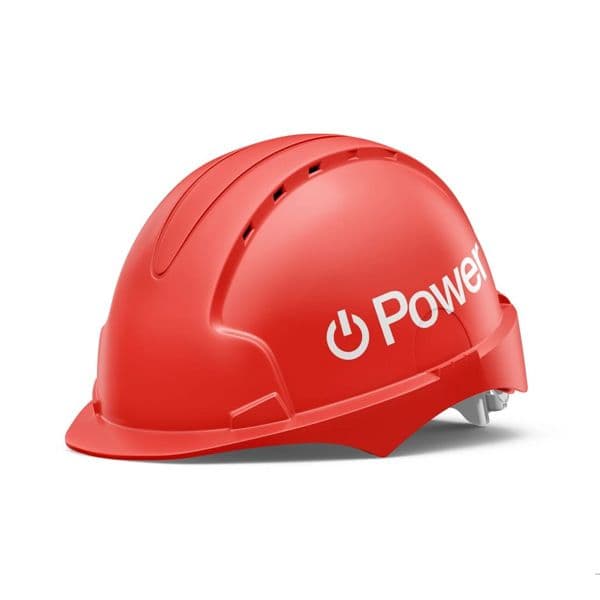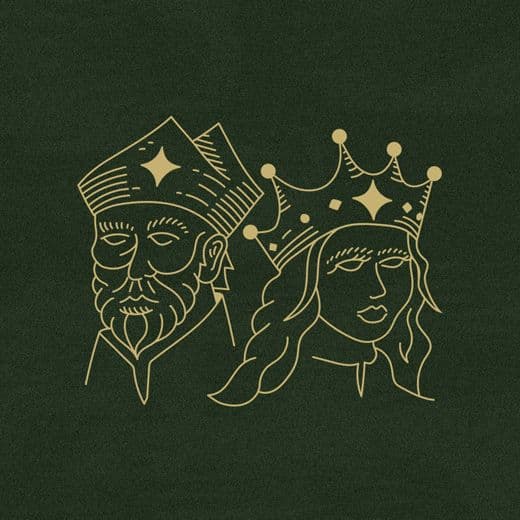Hornet Q4 Agile Inception in Cape Town
The entire product team flies to South Africa to kick off the next quarter together.
Published Oct 18, 2017
Author Steve Berry
Thought Merchants had the privilege of being invited to Cape Town to facilitate kickoff meetings (inceptions) for several teams at Hornet. I arrived on the second day after the team held a retrospective about the completed work in Q3. They also had time to reflect on the recent launch of the newest version of their product.
The improvements introduced news, culture, and gossip, as well as location-specific places and events for the gay community. As an entirely remote company, these quarterly retreats are very valuable events for the Hornet team.
I arrived Thursday midday and caught Hornet’s CTO Armand du Plessis pitching the initiatives he was tracking. Last quarter the company expanded its feature set; in this quarter, our goal was to improve the core functionality of the mobile experience.
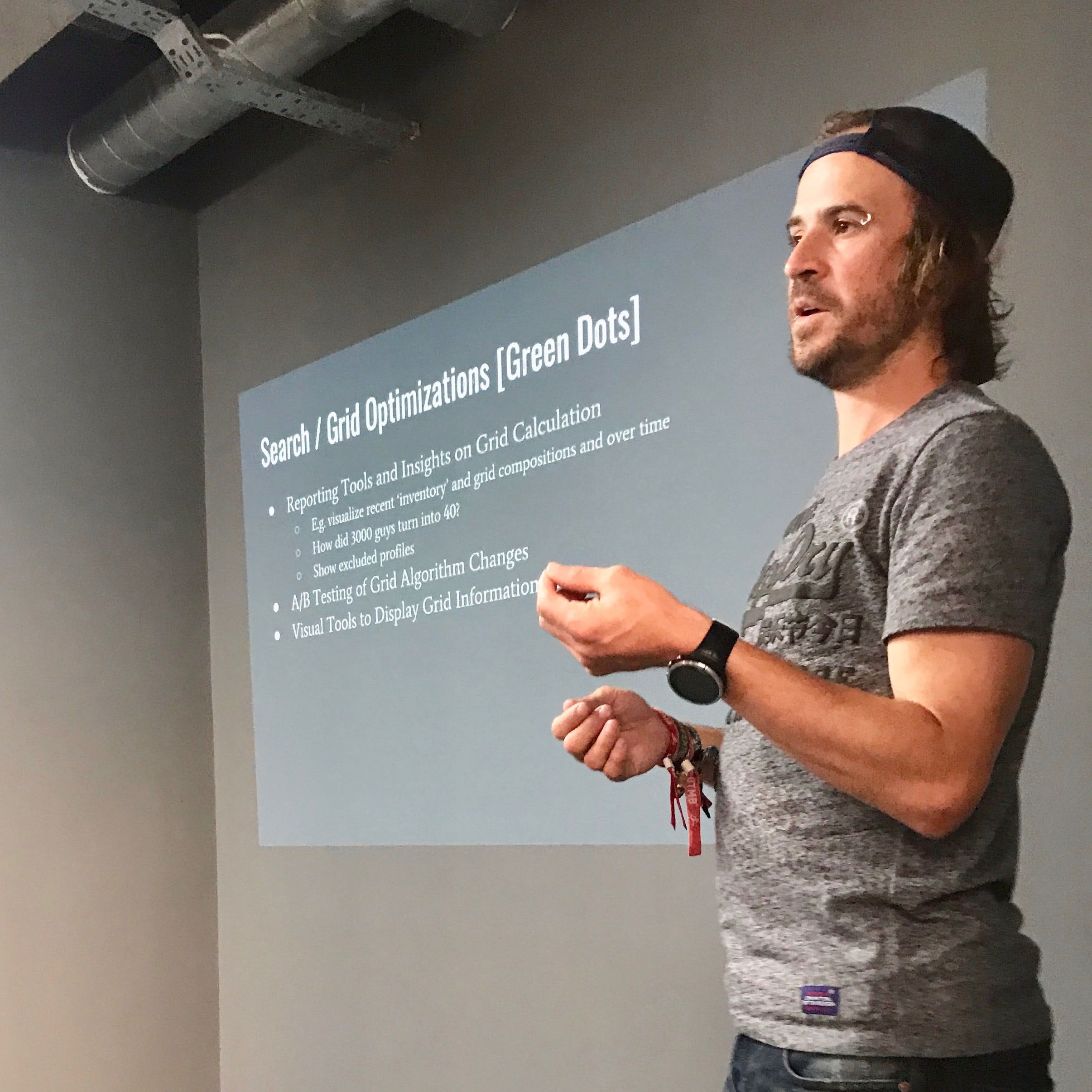
Armand du Plessis, Hornet CTO, giving a presentation about new initiatives.
The agile process for new project kickoffs starts off by creating epic stories and outlining the goals of each. We used brightly colored index cards to capture these large parent concepts. After the cards were complete, we laid them out and used a dot voting process to determine if our team was in agreement on the core points.
Dot voting is a useful tool for understanding what motivates the team. If leadership and team members disagree on which direction the product should take, then the voting will inevitably reflect that. If this were the case, the team would undergo discussion on reconciling the differing views. Conversely, if the team votes in alignment, it means everyone identifies the same opportunities that we need to execute.
I have found dot voting to have multiple practical advantages. It informs prioritization and enables a more informed discussion in cases where compromises are necessary.
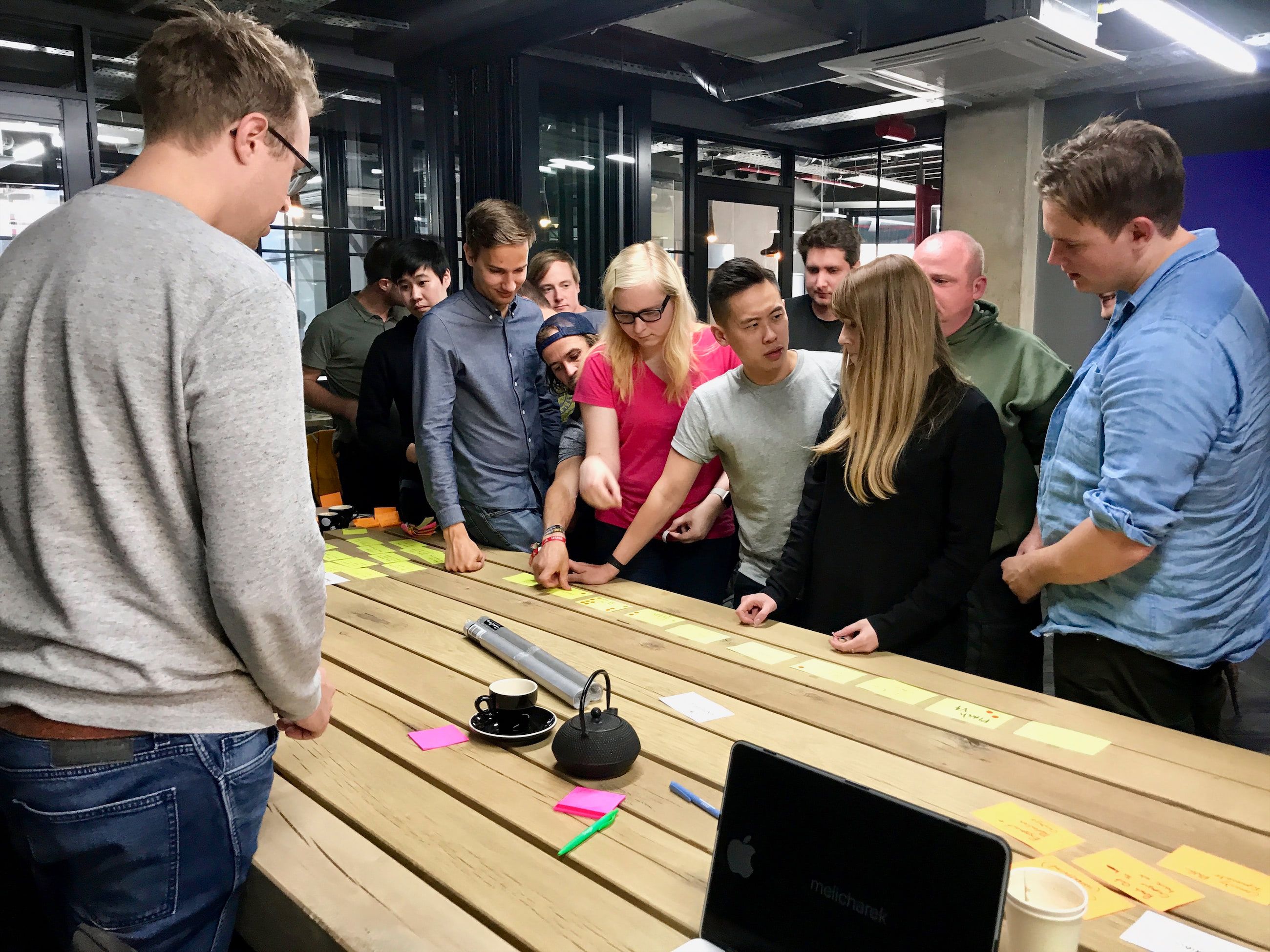
The Hornet team discussing initiative nuances.
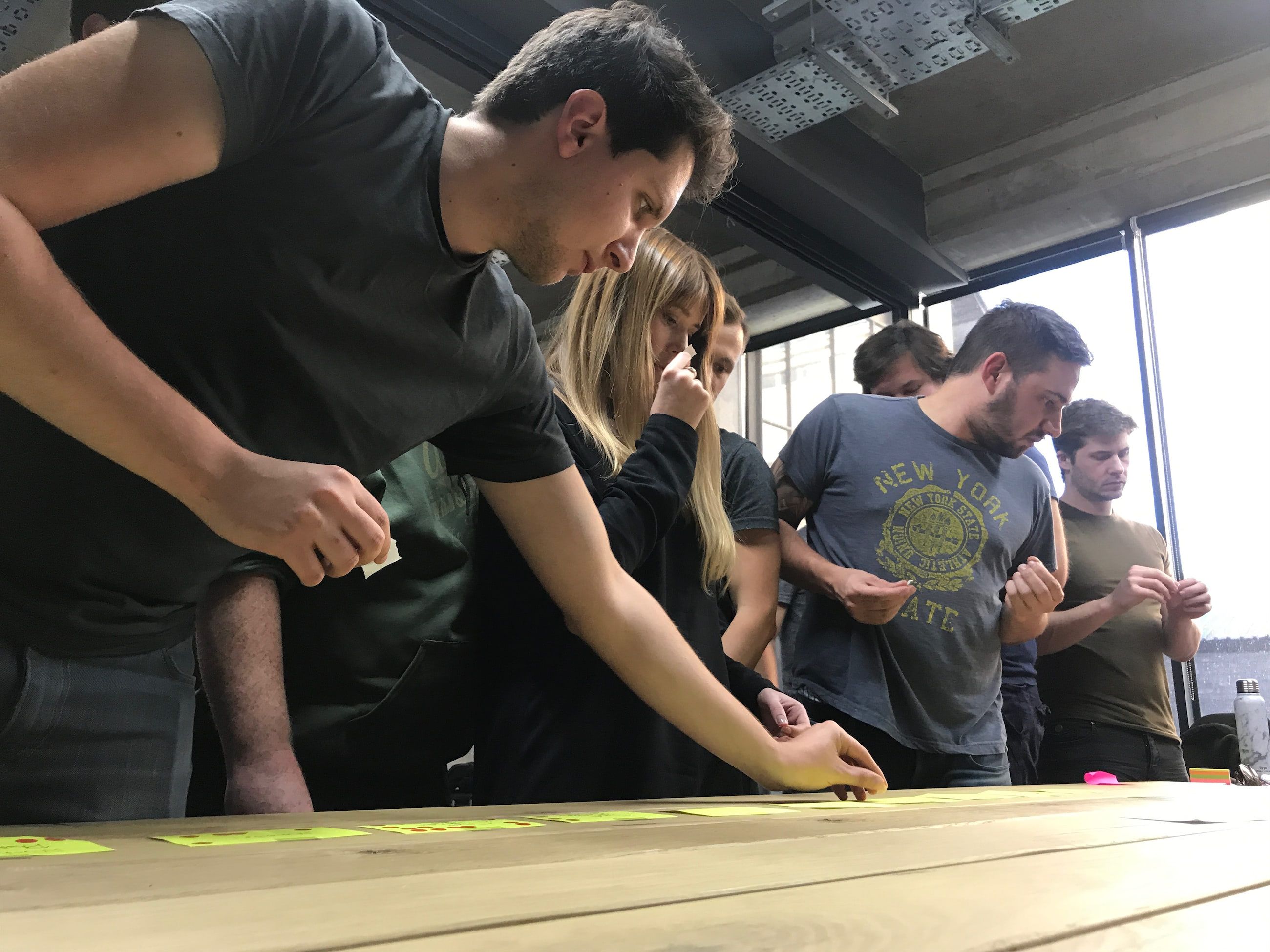
Petr Pavlik, an iOS developer, voting on a card.
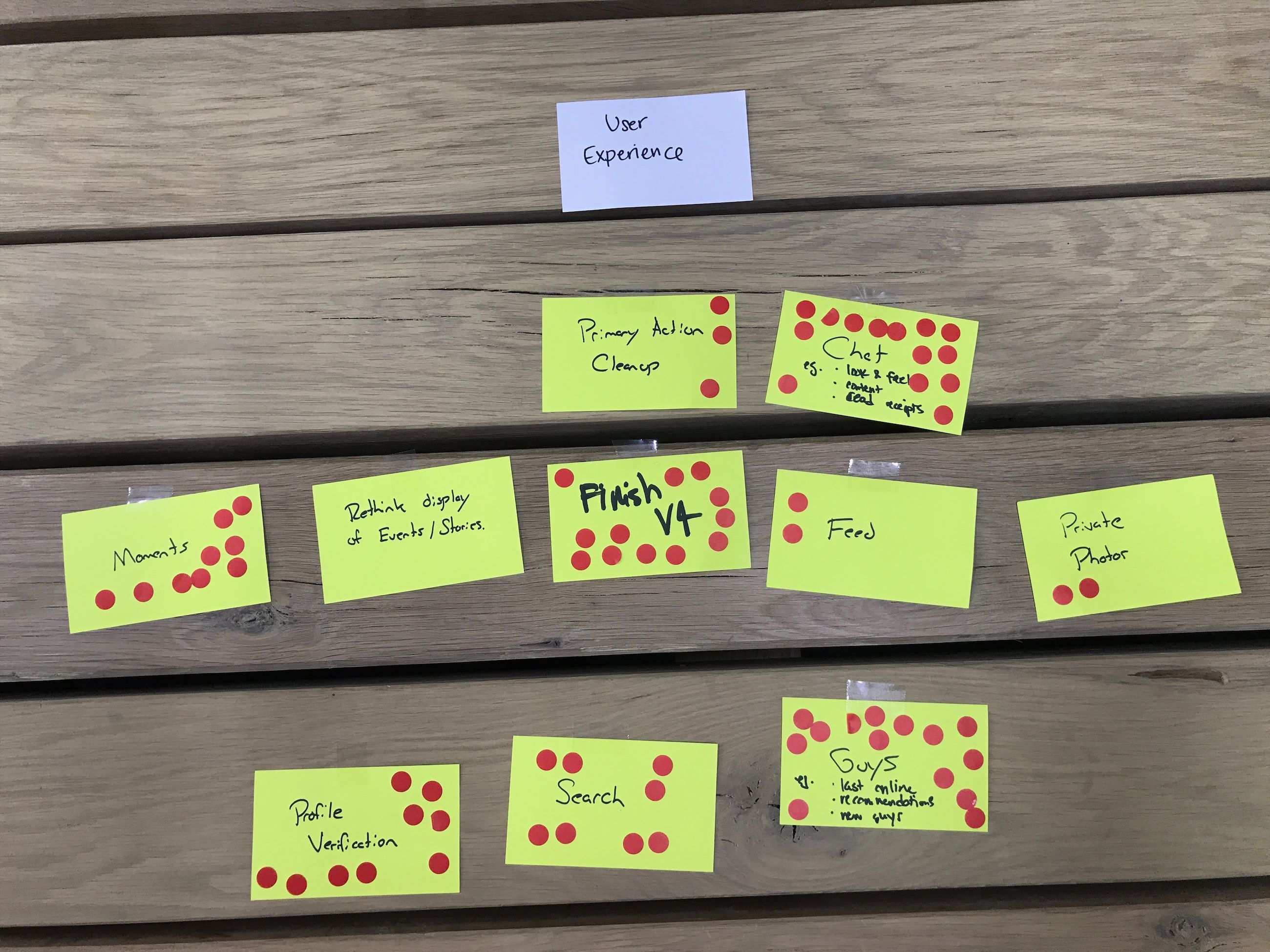
Agile inception dot voting results.
Our voting system gave each team member 3 dots. It’s important to note that there is no one-size-suits-all method for dot voting - it depends on your team size and the number of story cards. Use your best judgment.
The dot voting revealed our team was aligned with leadership’s direction, so things moved along smoothly. The user experience team created a high-level prioritization of epic stories. We took a break and split off into two groups to further break down these epics. The User Experience team focused on customer-facing features, while the Growth and Revenue team concentrated on advertising, subscriptions, and acquisition.
Installing Thought Merchants’ agile process with the user experience team in Q3 had been a success, and we wanted to bring that visibility and accountability to other teams. The user experience team was facilitated by program manager Kai, while it was my responsibility to facilitate the Growth and Revenue team inception.
The Growth and Revenue team was to be the first step in this process of expanding agile planning at Hornet. We started off by breaking down the epic level stories into small estimable stories. Below you can see Christof, the CEO, explaining a direction he was passionate about. As facilitator (in the green shirt), it was my job to write down the title of the stories and any relevant details. Remember that stories are not specs - they are notes to remind you of a shared conversation you had with the team.
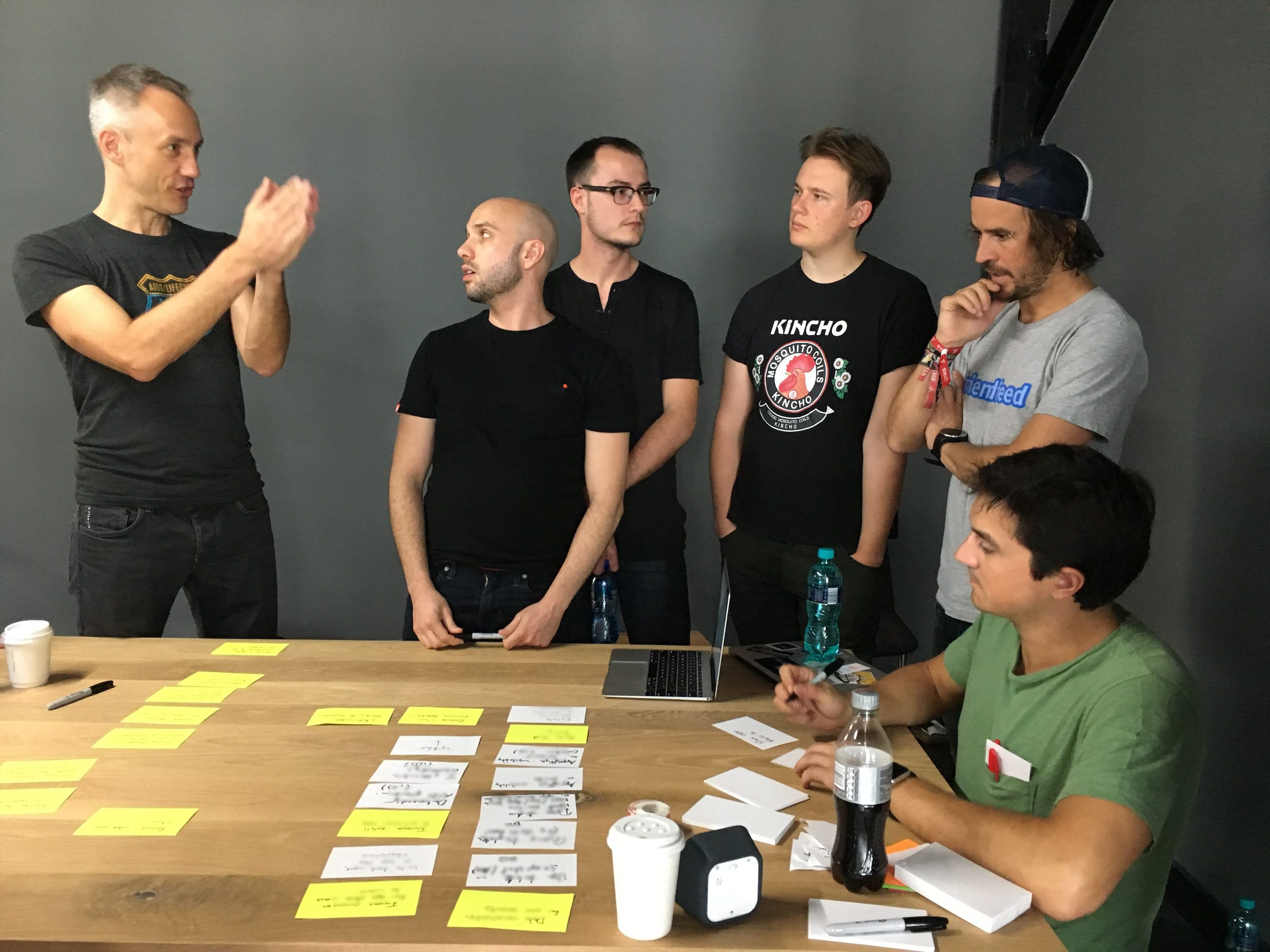
Capturing story breakdown of epic level stories.
After breaking down all the epic level stories, we transition into estimating the complexity of the work to be done. Below you can see the team “shooting” for points to estimate the work to be done. A core characteristic of agile is that everyone is terrible as estimating how long tasks will take.
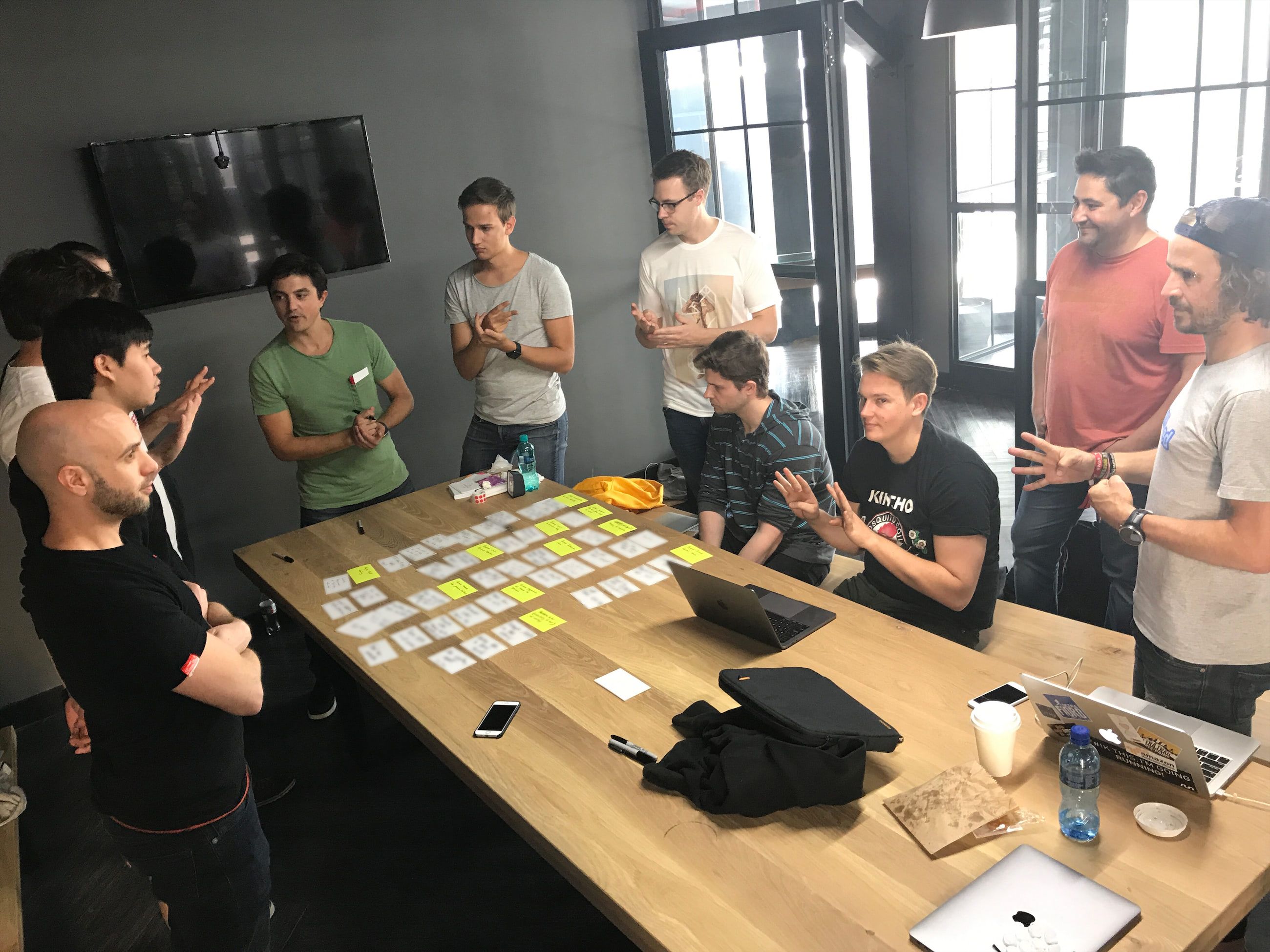
The team "shooting" to estimate the size and complexity of the work to be done.
Agile practitioners have created another way to quantify work to be done; a point system rating complexity. This system is based on measuring the number of points that is possible to deliver per iteration - a measurement called “velocity." After calculating velocity, it’s possible to forecast when other chunks of work will be delivered.
Now the cards all have points assigned to them. It is then up to the objective owners to prioritize the work. Here you can see Edo, director of revenue, prioritizing work with help from the entire team.
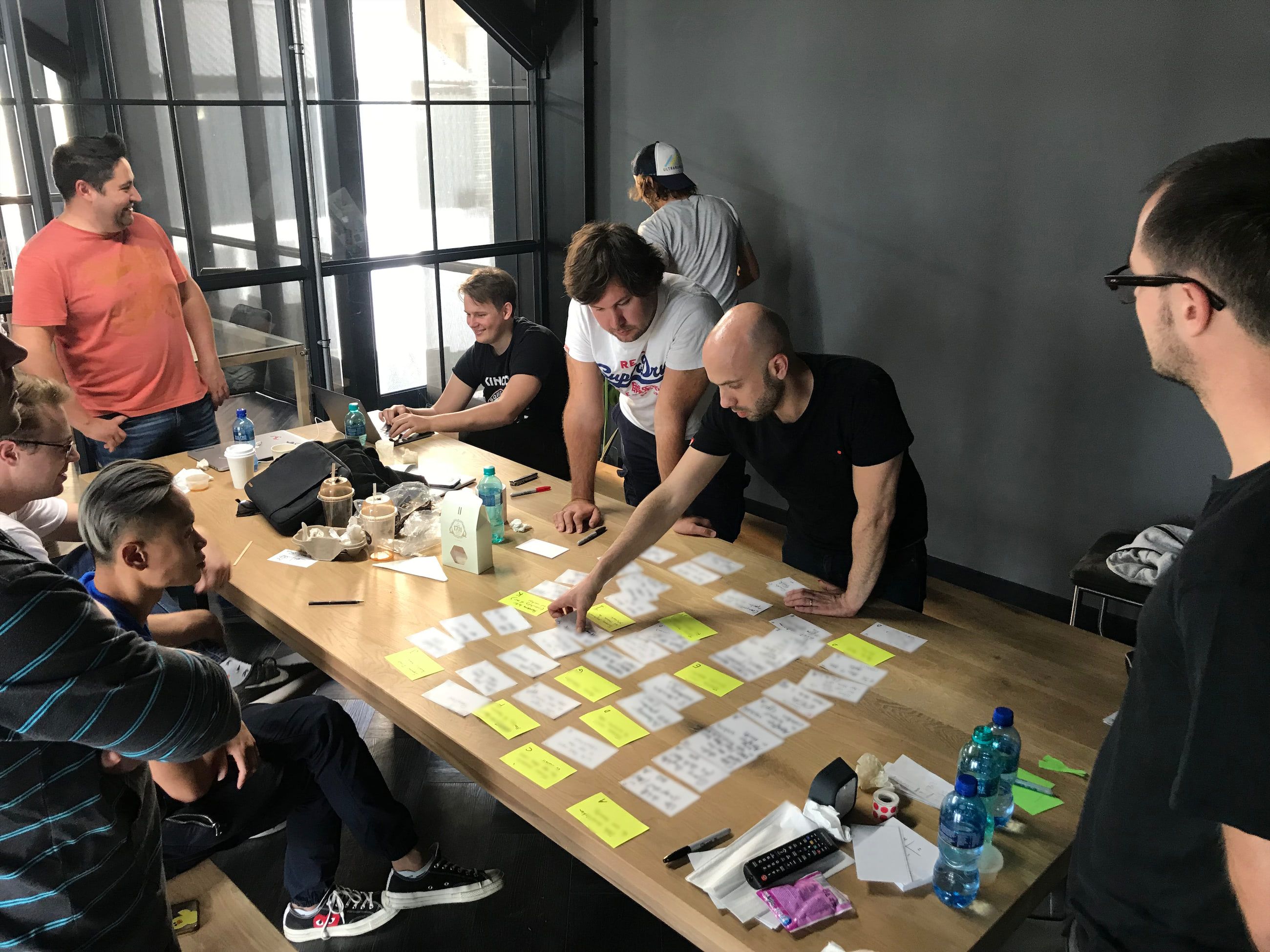
Edo prioritizing work to be done with input from the team.
The goal is to have a single prioritized line of work to be done (think stack ranking.) You can see Edo struggling to make the necessary decisions on prioritization. This struggle is inevitable, as the simplified way of estimating work complexity creates explicit tradeoffs. The visibility into the work to be done is one of the key advantages of this type of planning session.
Once the prioritization is complete, we create an estimated starting velocity - a topic for another blog post. The idea is to have an informed weekly sprint velocity at the beginning of the project. This will help us visualize when the work is going to be done. You can see the weekly sprint markers that are being laid down as bright green tabs.
We finish with a backlog like this:
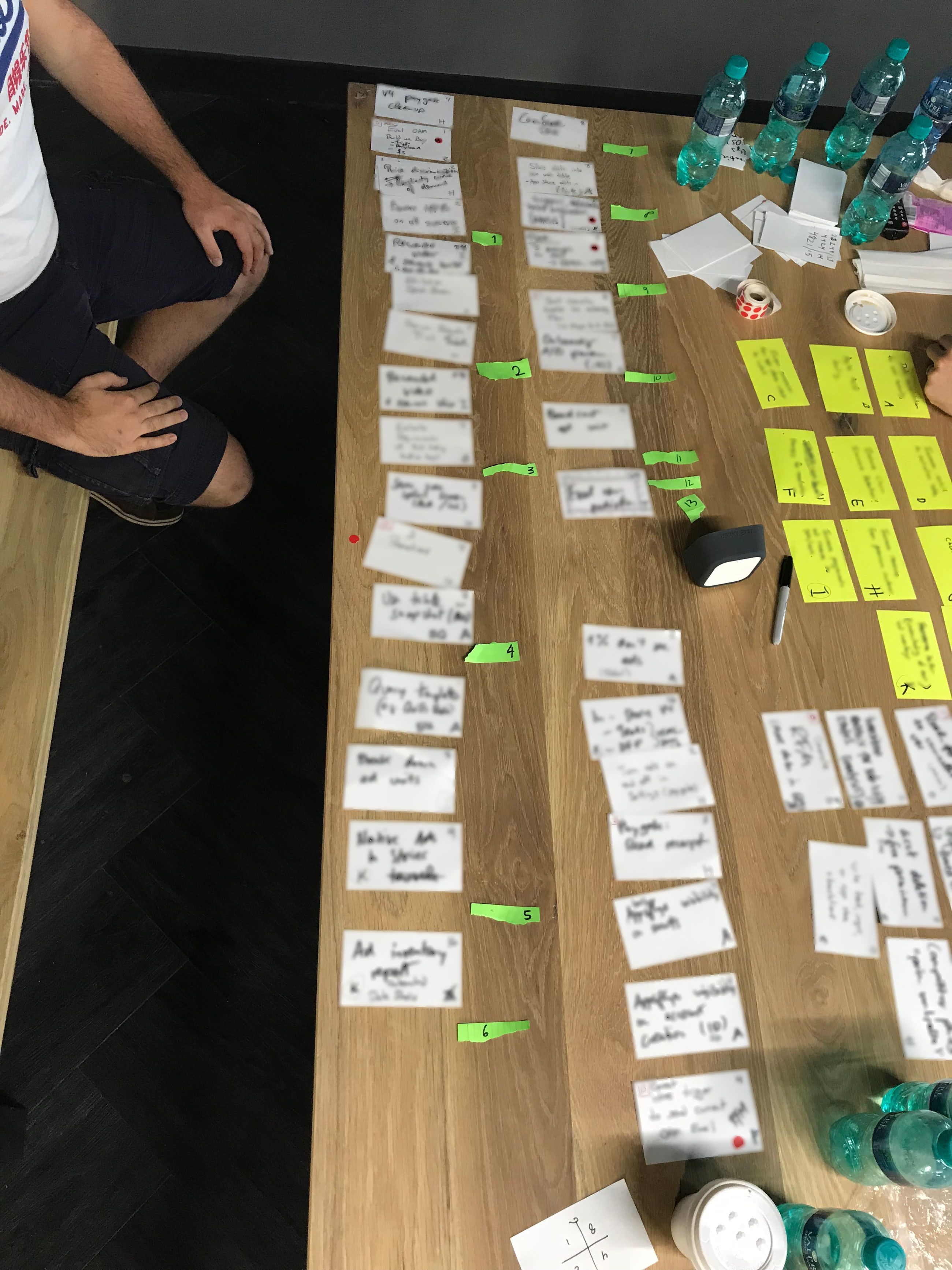
Finished backlog with weekly sprint markers.
Once the Growth and Revenue team was done, we went to check in on the User Experience team. They were in the middle of final prioritization and discussion. Their team had more people and more interdependencies, so naturally their process would take a bit longer. CEO Christof and Program Manager Kai were deep in discussion about direction and tradeoffs.
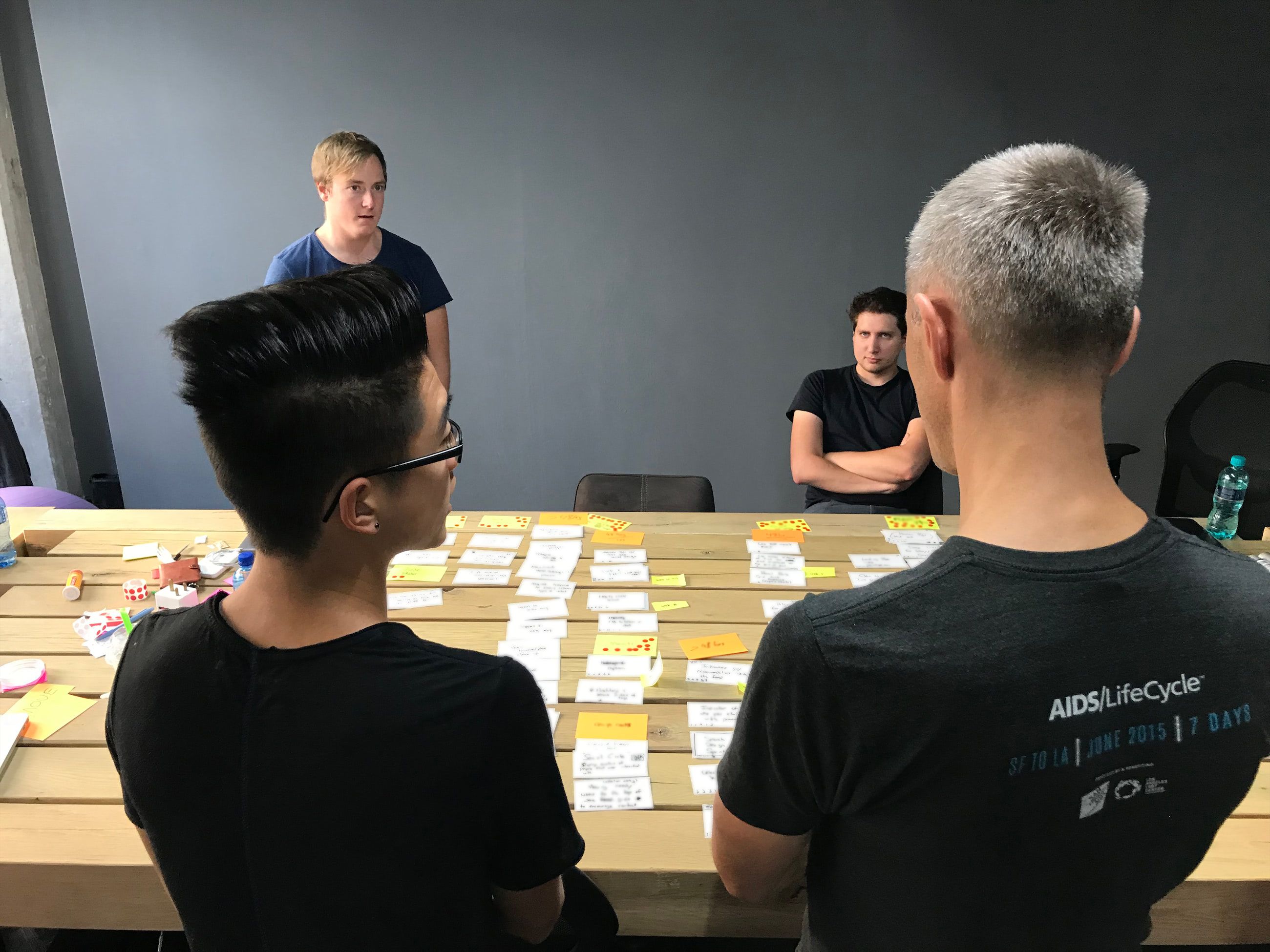
Kai (Program Manager) and Christof (CEO) in discussion.
Done at last!
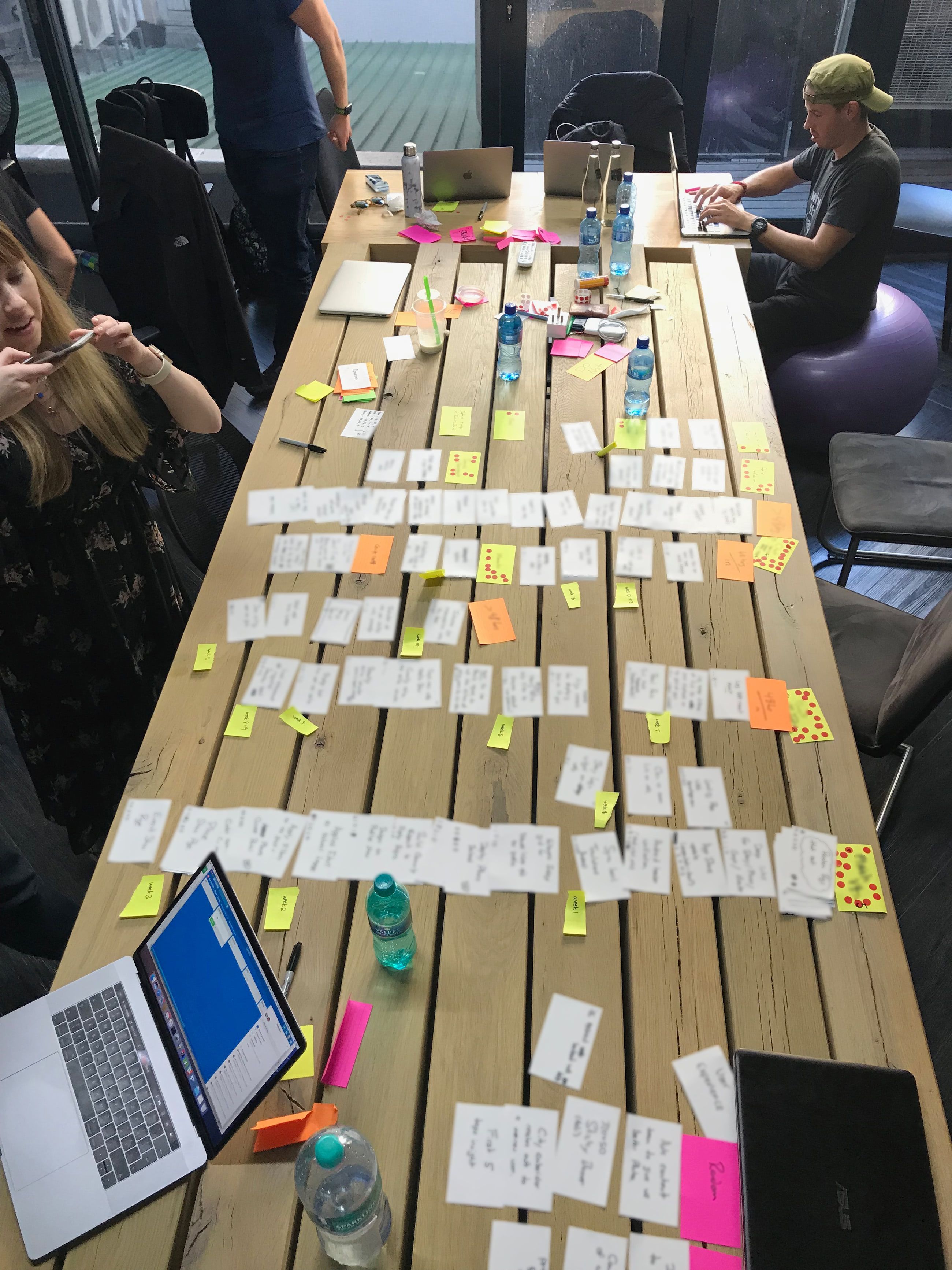
Finished user experience team board.
The team looked over the prioritized list of stories and discusses. Objective owners always get the last say on any adjustments they would like to make before we transcribe them to our Trello kanban board. Above, you can see the weekly sprint markers and the epic story topics with dot votes on them. Transcribing the stories happens the very end.
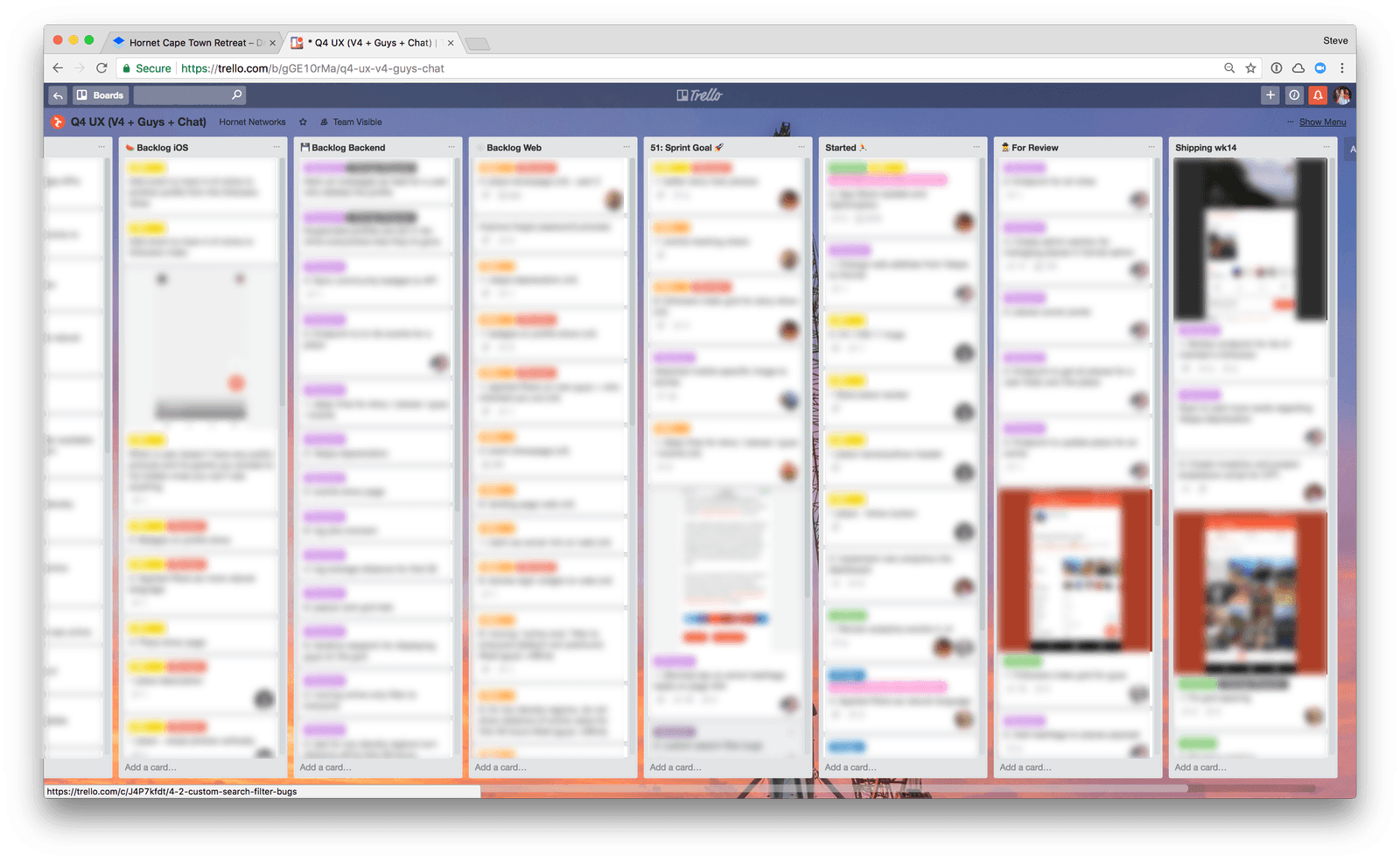
Transcribed stories resulting in one good looking Trello kanban board.
We now have a prioritized backlog for both the User Experience and Growth / Revenue teams for Q4 of 2017! Coaching the agile process is much easier to practice in person with teams. Hornet’s commitment to quarterly team-wide retreats reaps the triple rewards of realistic expectations, a focus on the most important work to be done, and a highly aligned team.



